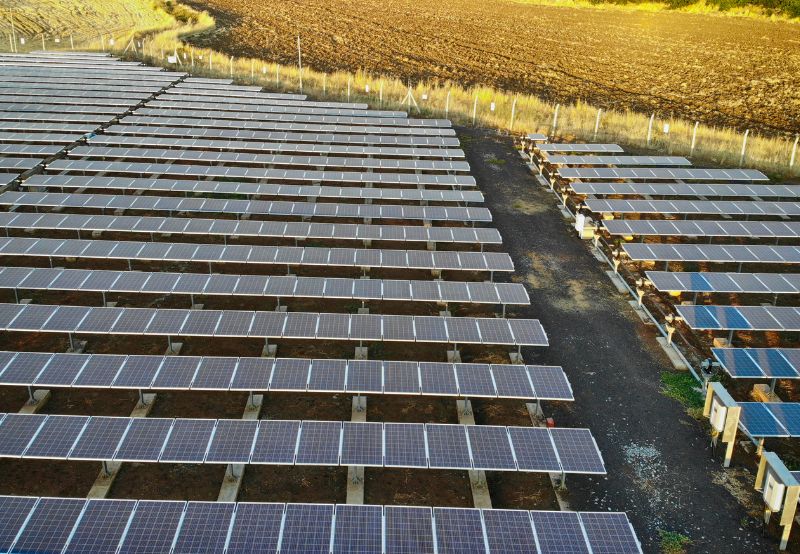This high-level roadmap provides guidance and recommendations for various stakeholders in the financial sector, including financial ministries, financial supervisory entities, public development banks, private financial institutions, and investors. Its purpose is to help these actors incorporate the Kunming-Montreal Global Biodiversity Framework (GBF) into their policies and decision-making processes.
The roadmap takes into account the content of the GBF and the increasing ambition and commitments demonstrated by financial actors, as evident from the COP15 Finance and Biodiversity Day. It aims to outline specific actions that each actor within the financial landscape can take to support the implementation of the GBF. By doing so, they can contribute to achieving the GBF’s mission of reversing nature loss by 2030 and realizing its vision of living in harmony with nature by 2050.
It’s important to note that this roadmap does not introduce new commitments. Instead, it references existing commitments, guidance, and frameworks that are readily available to financial policymakers and market participants. These resources can serve as a foundation for action on nature conservation, aligning with the GBF’s 23 targets for action by 2030. The roadmap is open for consideration by all interested stakeholders in the financial landscape.
The high-level roadmap recognizes the critical role of the financial sector in driving sustainable development and biodiversity conservation. It emphasizes the need for collaborative efforts from all actors within the financial landscape to align their strategies and practices with the objectives of the Kunming-Montreal Global Biodiversity Framework.
Financial ministries play a pivotal role in shaping national policies and regulations. The roadmap suggests that these ministries integrate the GBF into their policy frameworks, aligning their strategies with the 23 targets for action by 2030. By doing so, they can promote biodiversity-friendly investments, create incentives for sustainable practices, and ensure the integration of biodiversity considerations across various sectors of the economy.
Financial supervisory entities are encouraged to incorporate biodiversity-related risks and opportunities into their regulatory frameworks. This includes considering environmental, social, and governance (ESG) factors in risk assessments, stress tests, and disclosure requirements. By fostering greater transparency and accountability, these entities can guide financial institutions towards sustainable and biodiversity-friendly investments.
Public development banks, as key providers of financing for development projects, are called upon to integrate biodiversity safeguards into their lending criteria. The roadmap suggests that they prioritize investments that contribute to nature conservation, restoration, and sustainable use. By adopting sustainability standards and incorporating biodiversity considerations into project evaluation processes, these banks can catalyze positive change and help redirect financial flows towards biodiversity conservation.
Private financial institutions and investors are encouraged to incorporate biodiversity considerations into their investment decisions. The roadmap recommends that they integrate biodiversity-related indicators into their risk assessments, develop investment products that support biodiversity conservation, and promote green financial instruments. By integrating biodiversity into their investment strategies, these institutions can contribute to both positive environmental outcomes and long-term financial sustainability.
It is important to note that this roadmap does not impose new commitments but rather leverages existing commitments, guidance, and frameworks. By referencing these resources, financial policymakers and market participants have a solid foundation to build upon. The roadmap serves as a valuable tool to channel collective efforts towards aligning financial flows with the objectives of the GBF, ultimately supporting the global mission of reversing nature loss and achieving a harmonious coexistence with nature by 2050.
The roadmap invites all interested stakeholders within the financial landscape to consider and implement its recommendations. By joining forces and taking concrete actions, the financial sector can become a powerful force for biodiversity conservation, contributing to a sustainable and resilient future for our planet.




